
Did you know that the full New Living Translation is available in seven different languages and that the New Testament of the NLT is in two additional languages? These are not translations of the English version into other languages. Instead, translators and biblical scholars from the places that speak those languages use the NLT translation philosophy to translate the ancient texts into their modern-day languages.
In Germany we partner with SCM R. Brockhaus to share God’s Word through the NLB (the German NLT). Here is an update on their struggles and joys as they bring God’s Word to those who speak German.
About 25 years ago, then publisher Friedrich Hänssler was looking for a way to put a new communicative Bible translation on the German market. There was something missing for German Bible readers. There were some communicative Bible translations, but they were not well received for several reasons, like lack of fidelity to the text or having a theological bent that did not go over well with many of our readers.

Friedrich Hänssler believed the NLT could make a significant impact on readers who were looking for an accurate translation that was also enjoyable to read. He saw the NLT as the right combination of Bible translation with appropriate accuracy, while still being very communicative.
Germany has a special situation when it comes to Bible translations. With the strong dominance of the Lutheran Church on the one hand and the Catholic Church on the other, most people only know the dominant translations: the Protestant Luther translation and the Catholic Einheitsübersetzung (“Unity Translation”). They are “unbeatable” in the Bible market due to their strong church and school use.

Beyond this, however, the German NLT has gained a significant place in Bible translations. Though there are no studies or valid data about market share for German Bible translations, we estimate it to be about the fifth most used translation among 12 major translations. The German Life Application Study Bible is one of the best-selling study Bibles in Germany for the last 20 years. Our teen and kids editions are also very popular for readers.
Most churches, apart from those mentioned above, have no preferred Bible translation for congregational use. What translation is used in churches varies greatly, as does the preferred Bible translation for personal use. Many people own several Bible translations. Apart from the very conservative wing of the Russian-German congregations, who almost only use the Schlachter Bible, there are no major faith disputes about the correct Bible translation, which allows people the opportunity to experience the power of reading the German NLT.
We continue to see a very positive future for the German NLT. After almost 25 years, we are currently in the process of revising the text of the NLT to make it even more accessible to our audience and to attract new readers.
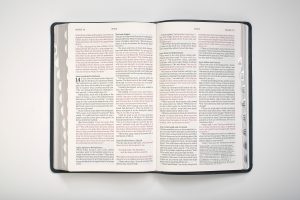 And he was willing to take what some might call radical steps to revive his heart, steady his soul, and renew his mind. He also knew the source of what he needed was found in God’s Word.
And he was willing to take what some might call radical steps to revive his heart, steady his soul, and renew his mind. He also knew the source of what he needed was found in God’s Word.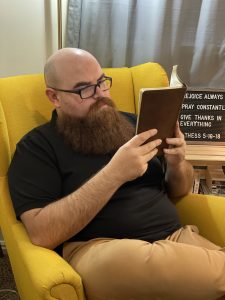
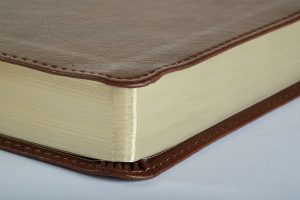 “My method was to not go about it like many who start in Genesis and try to read through. I tried that before and got burnt out in 2 Samuel. I feel like I need a little more Jesus at that point!” So Levi’s approach was to follow his interest.
“My method was to not go about it like many who start in Genesis and try to read through. I tried that before and got burnt out in 2 Samuel. I feel like I need a little more Jesus at that point!” So Levi’s approach was to follow his interest.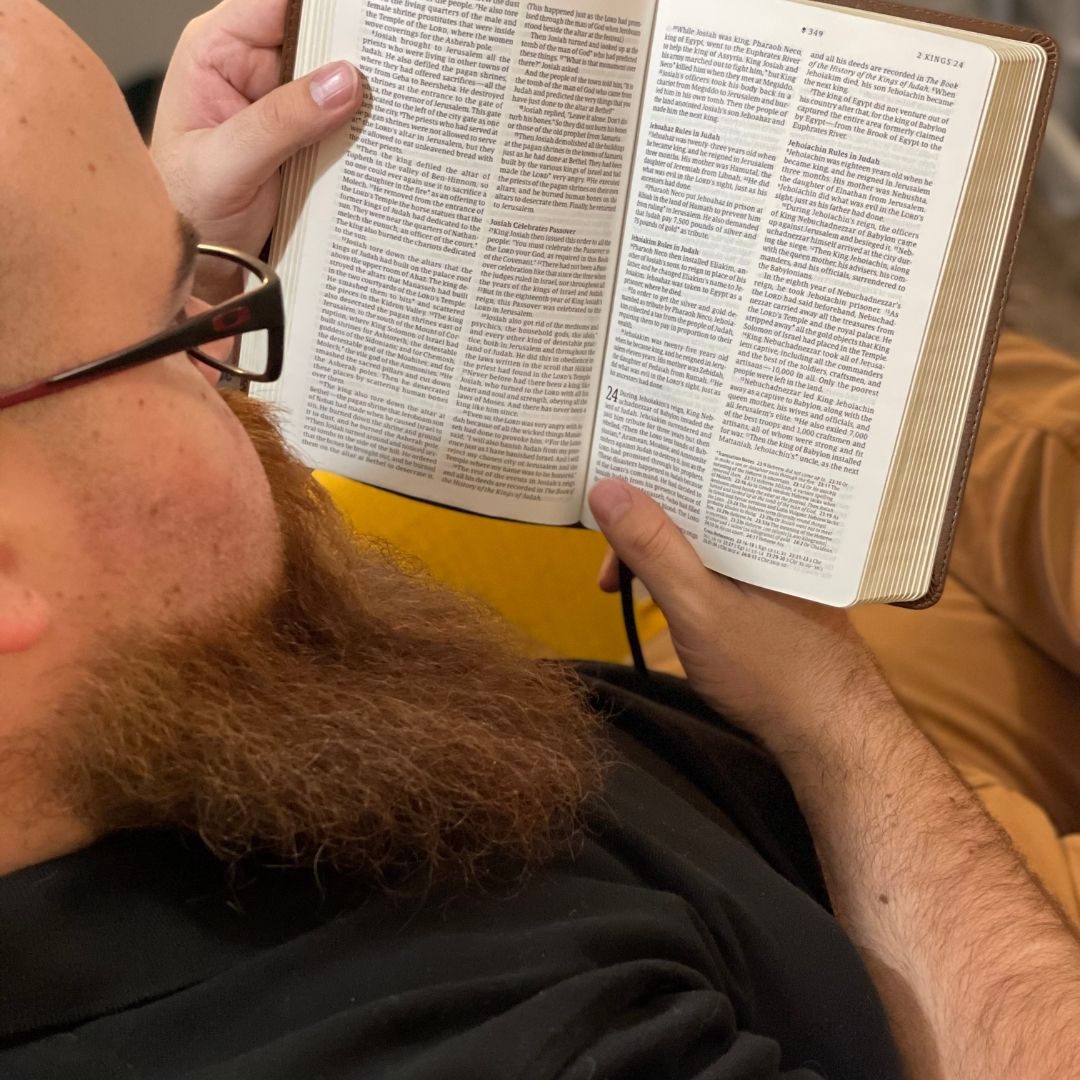


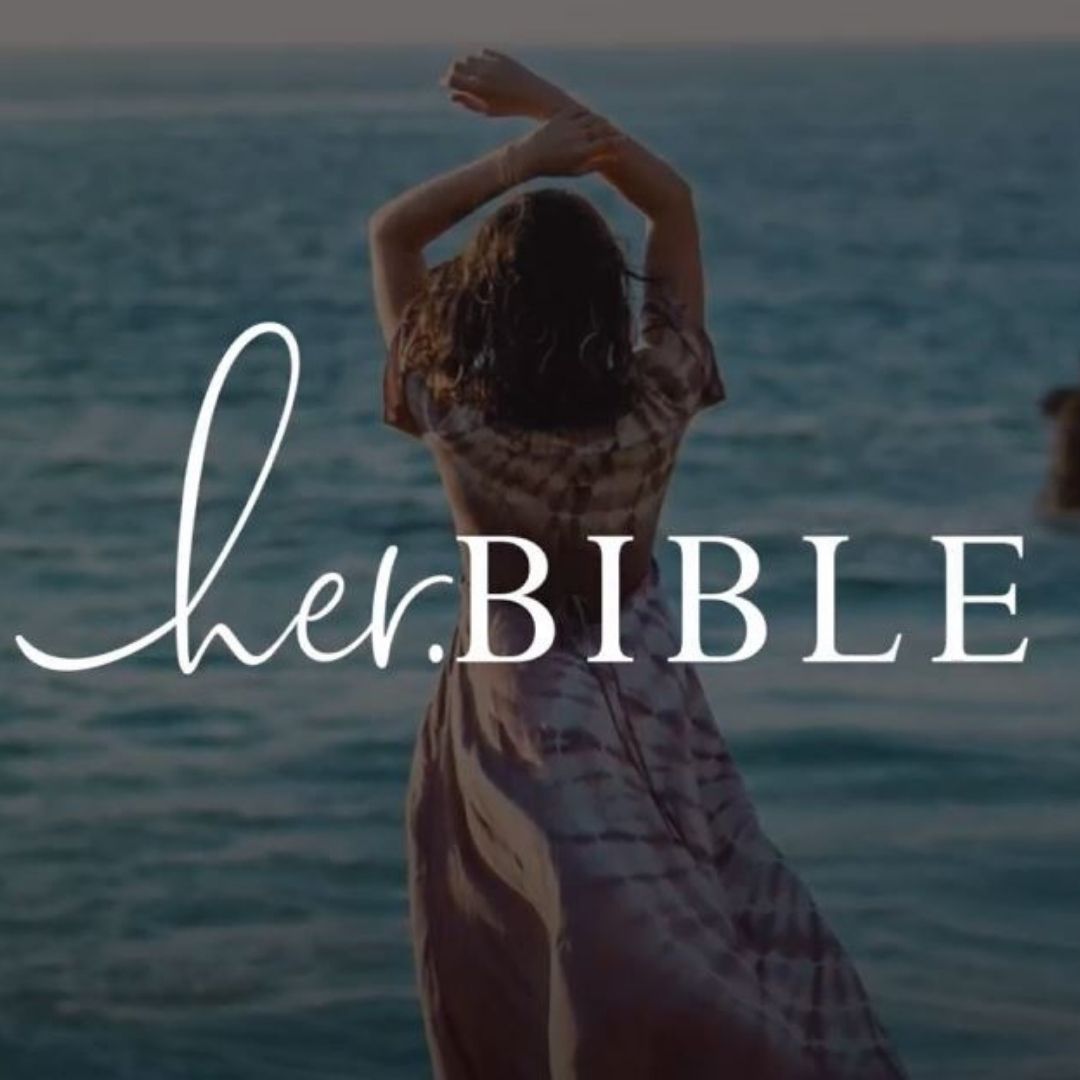
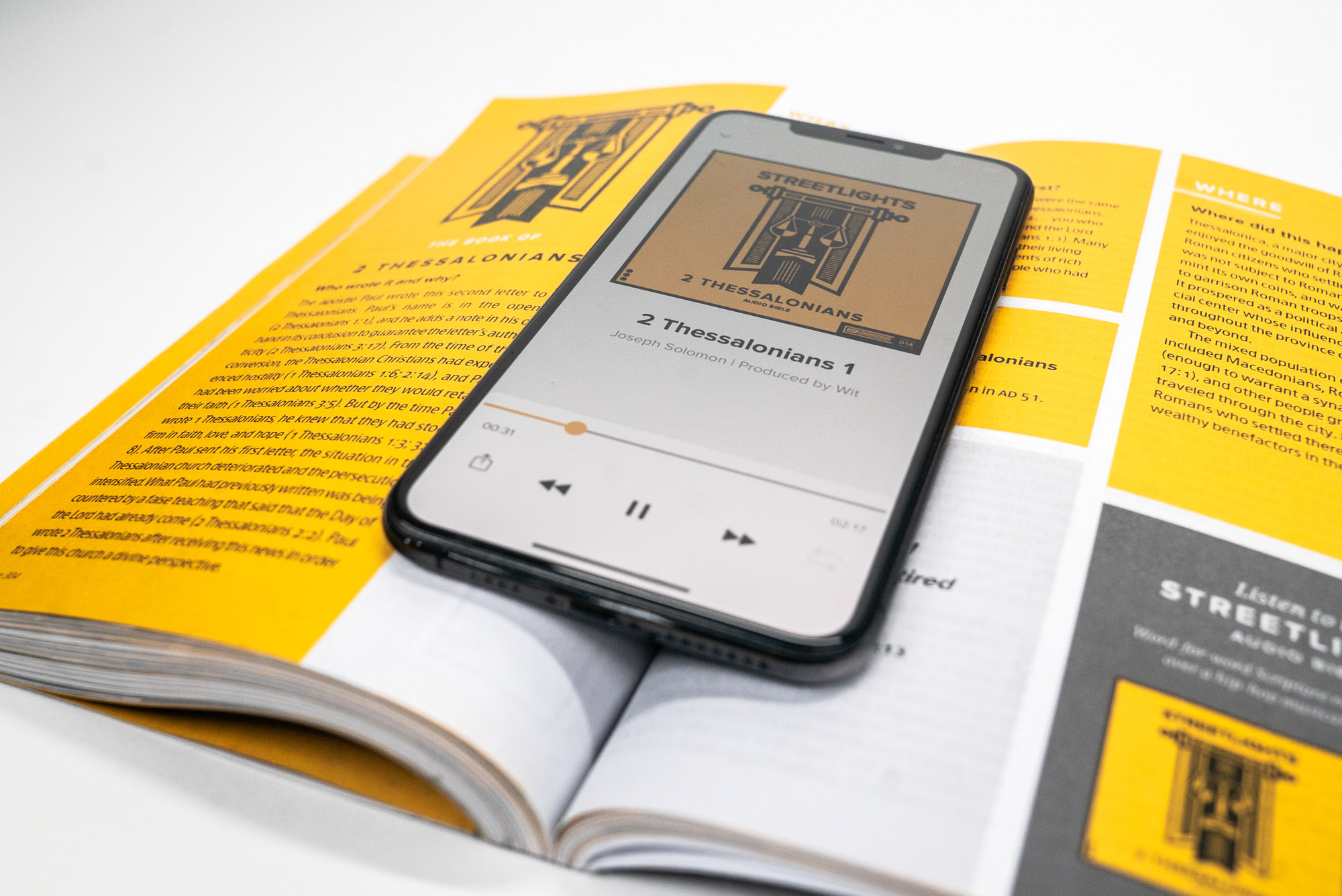
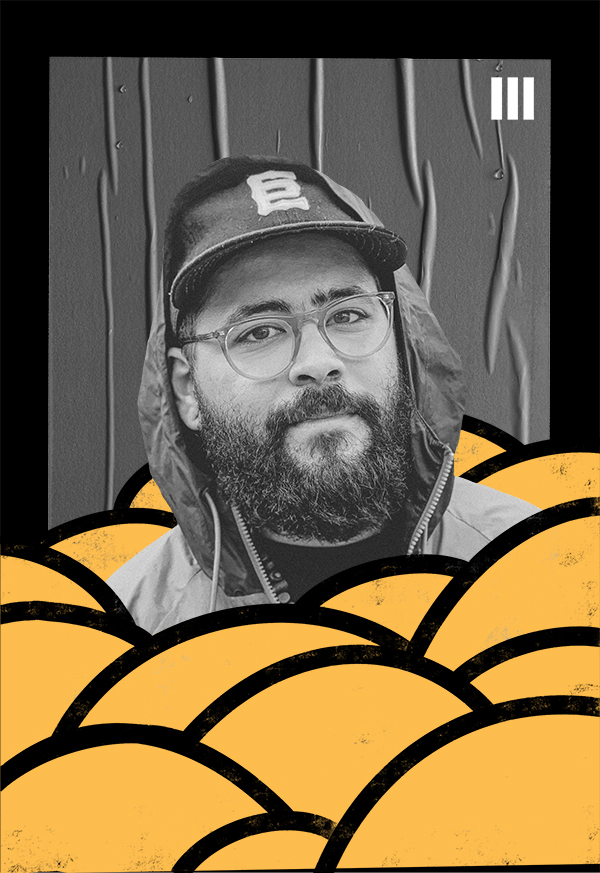






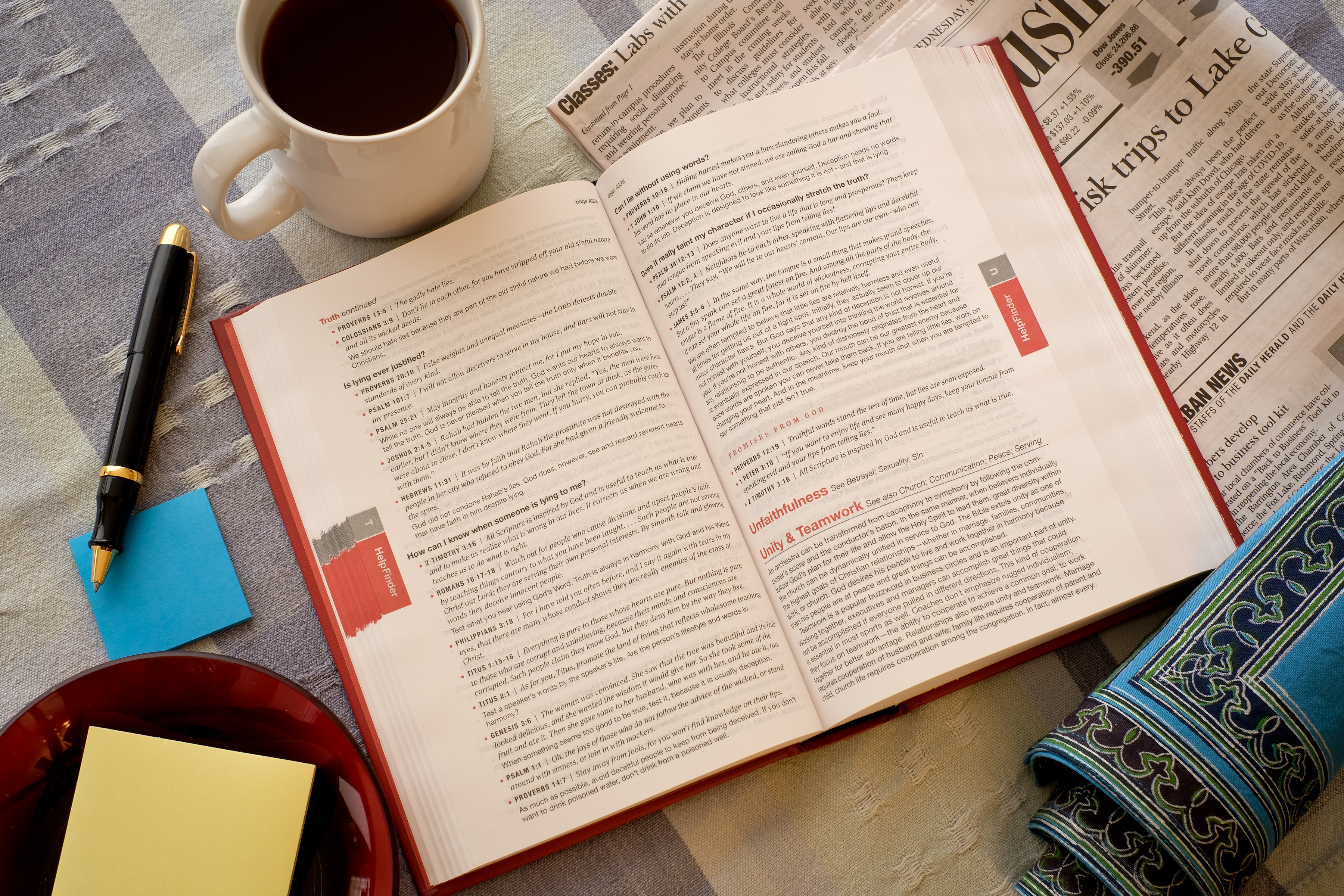
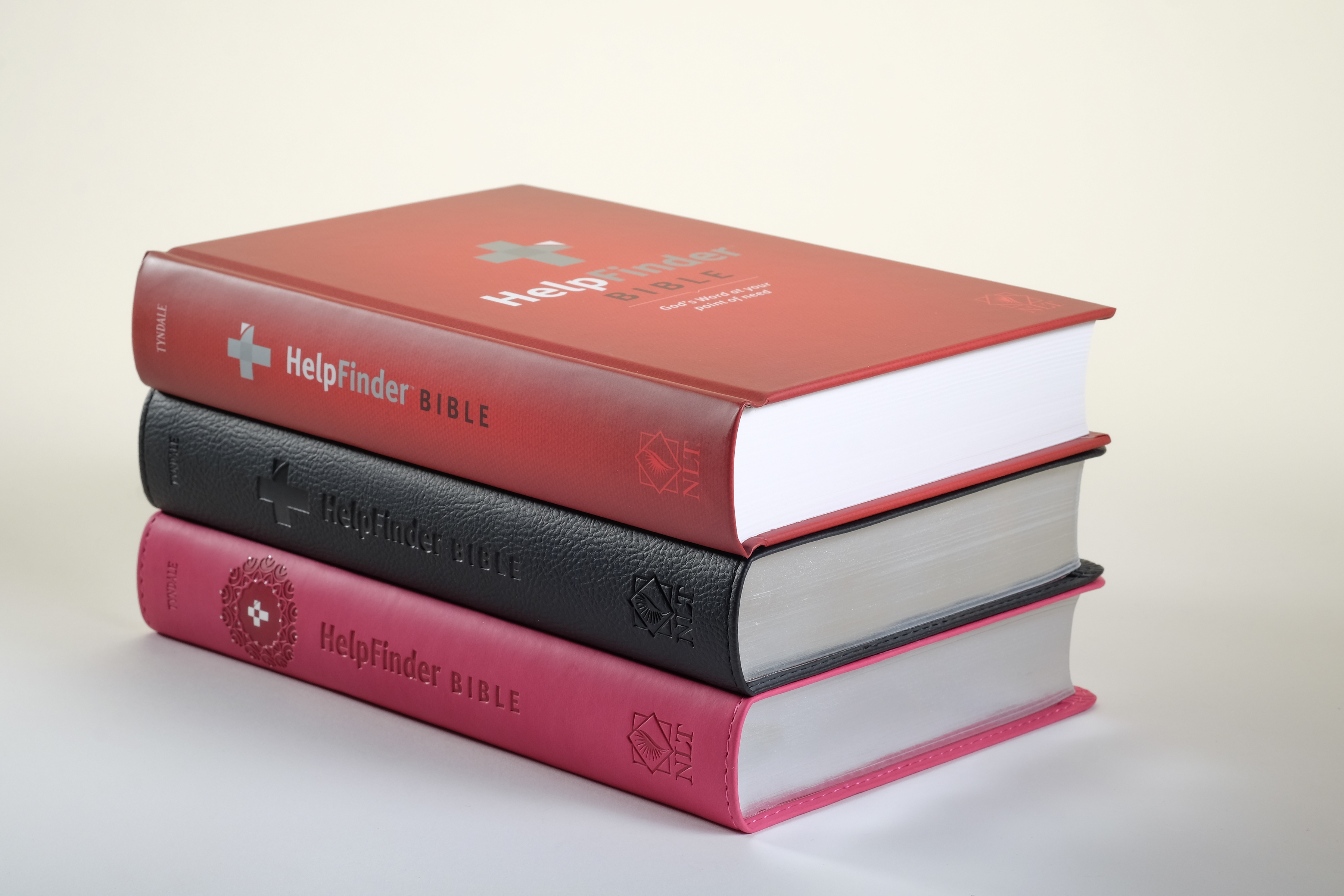
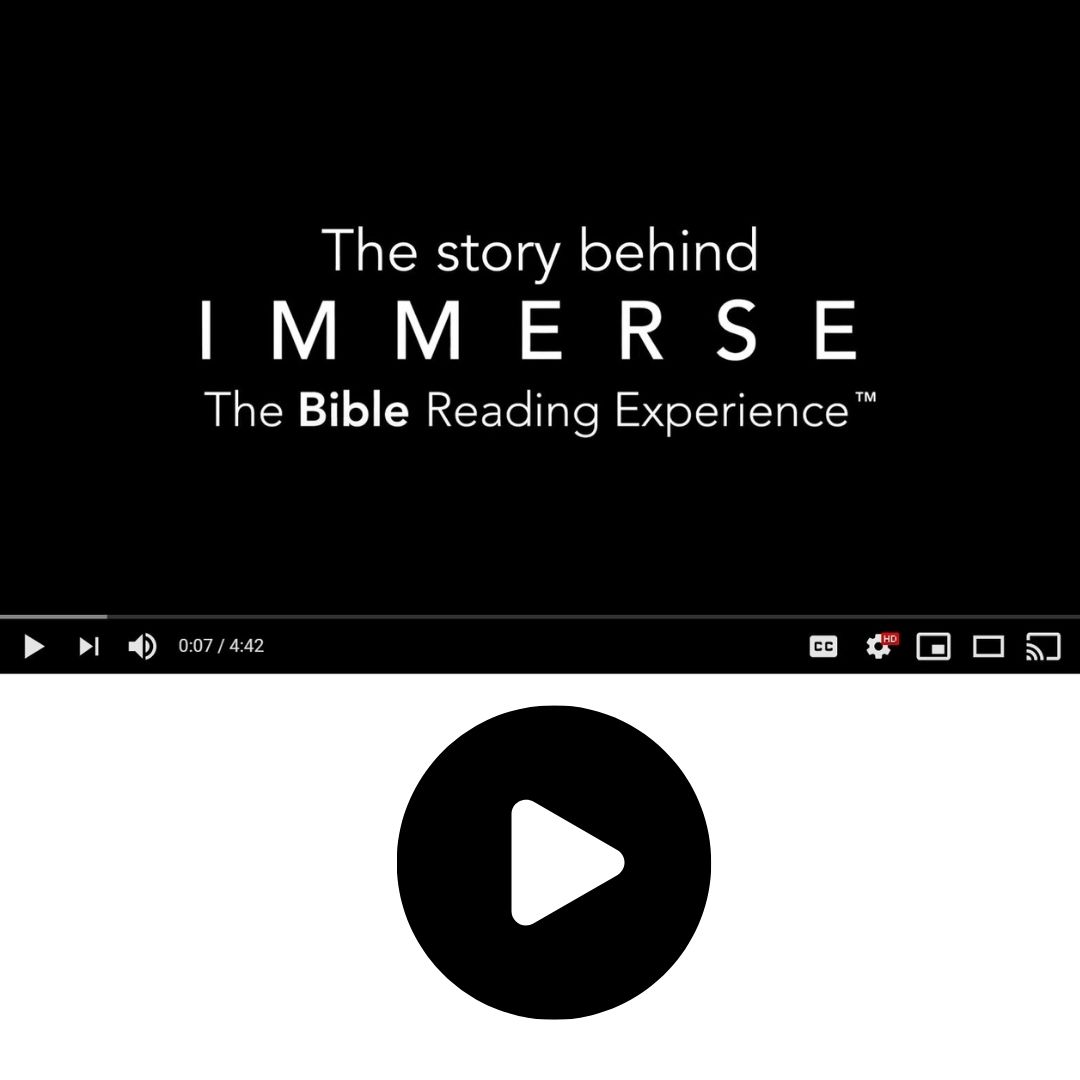
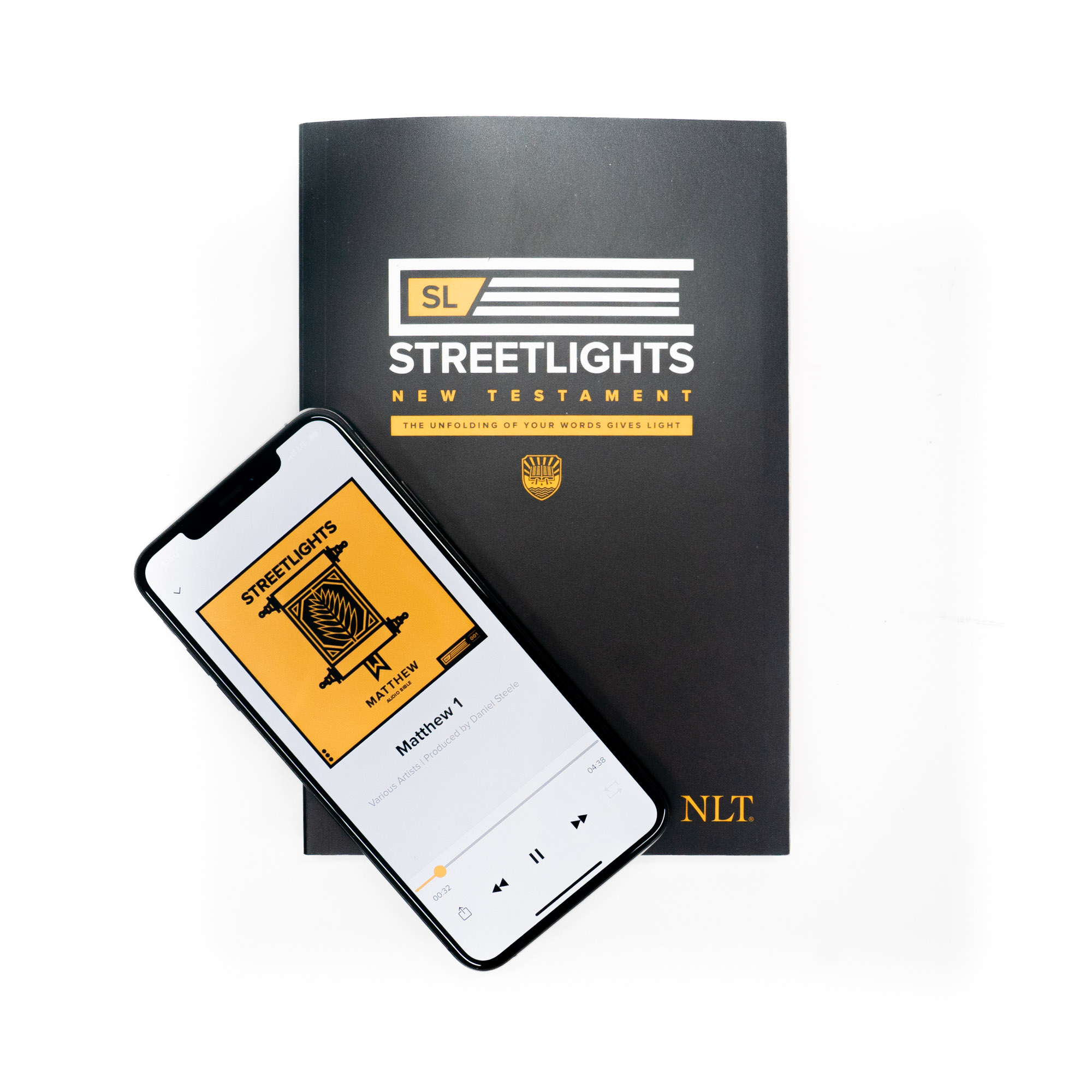
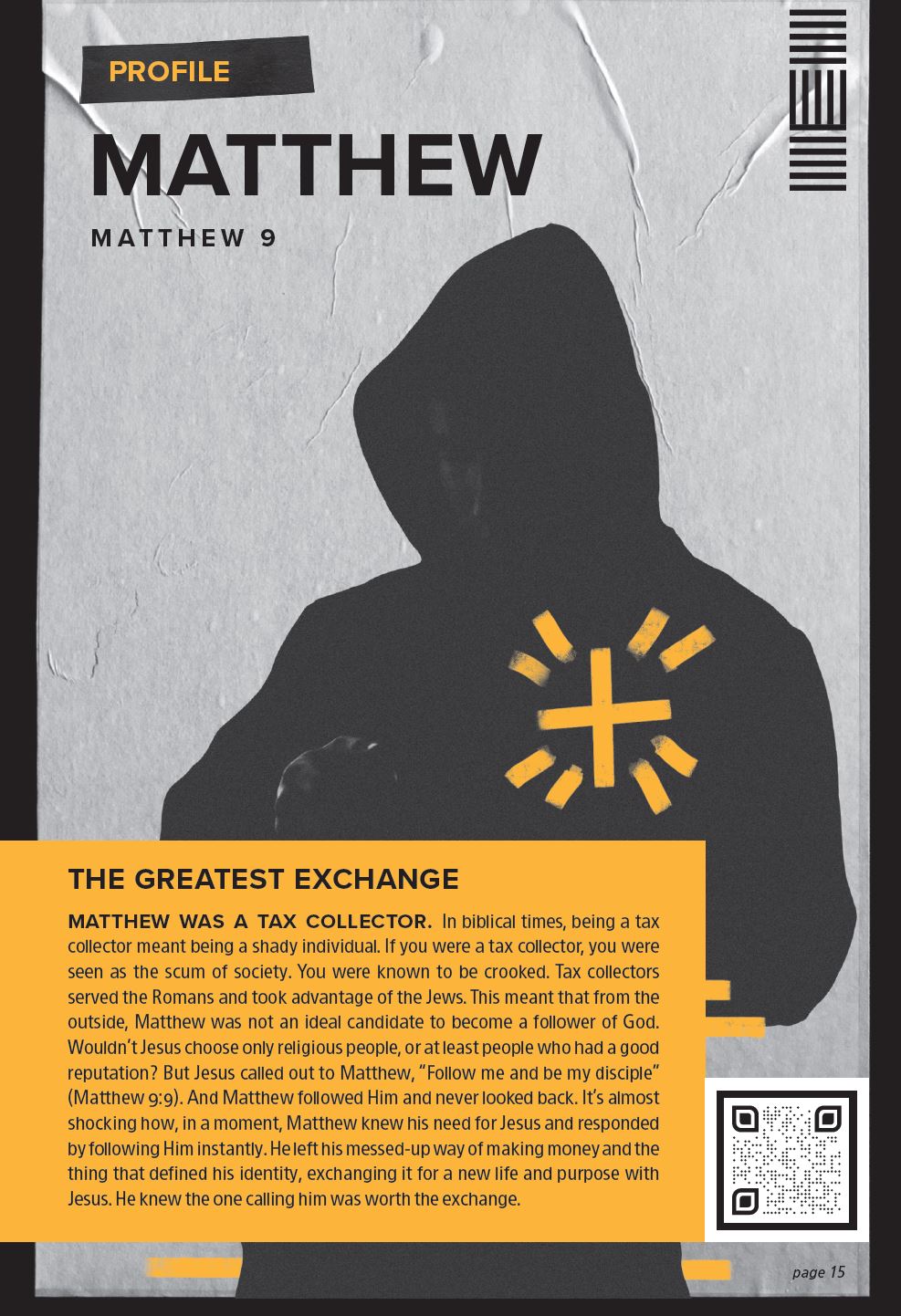
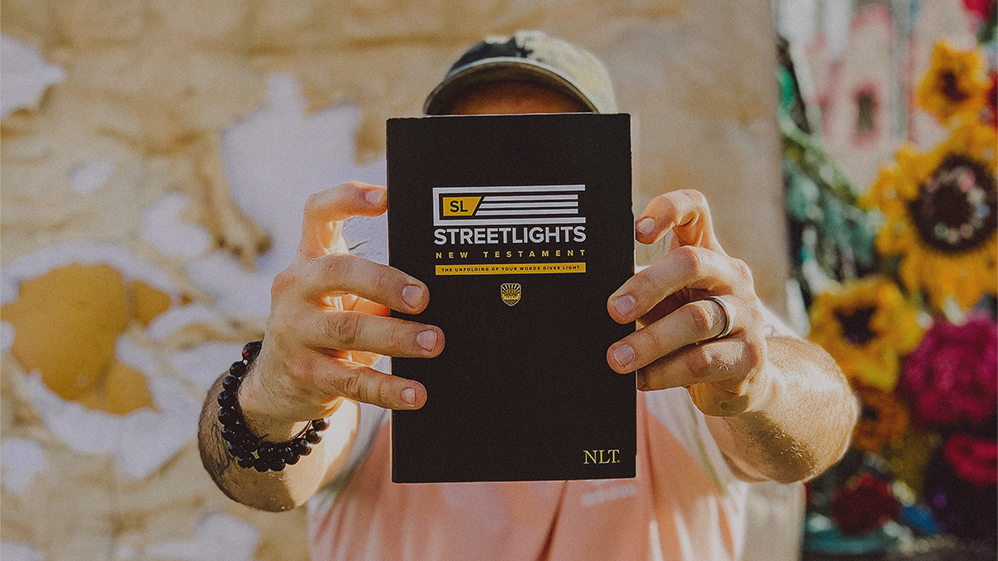
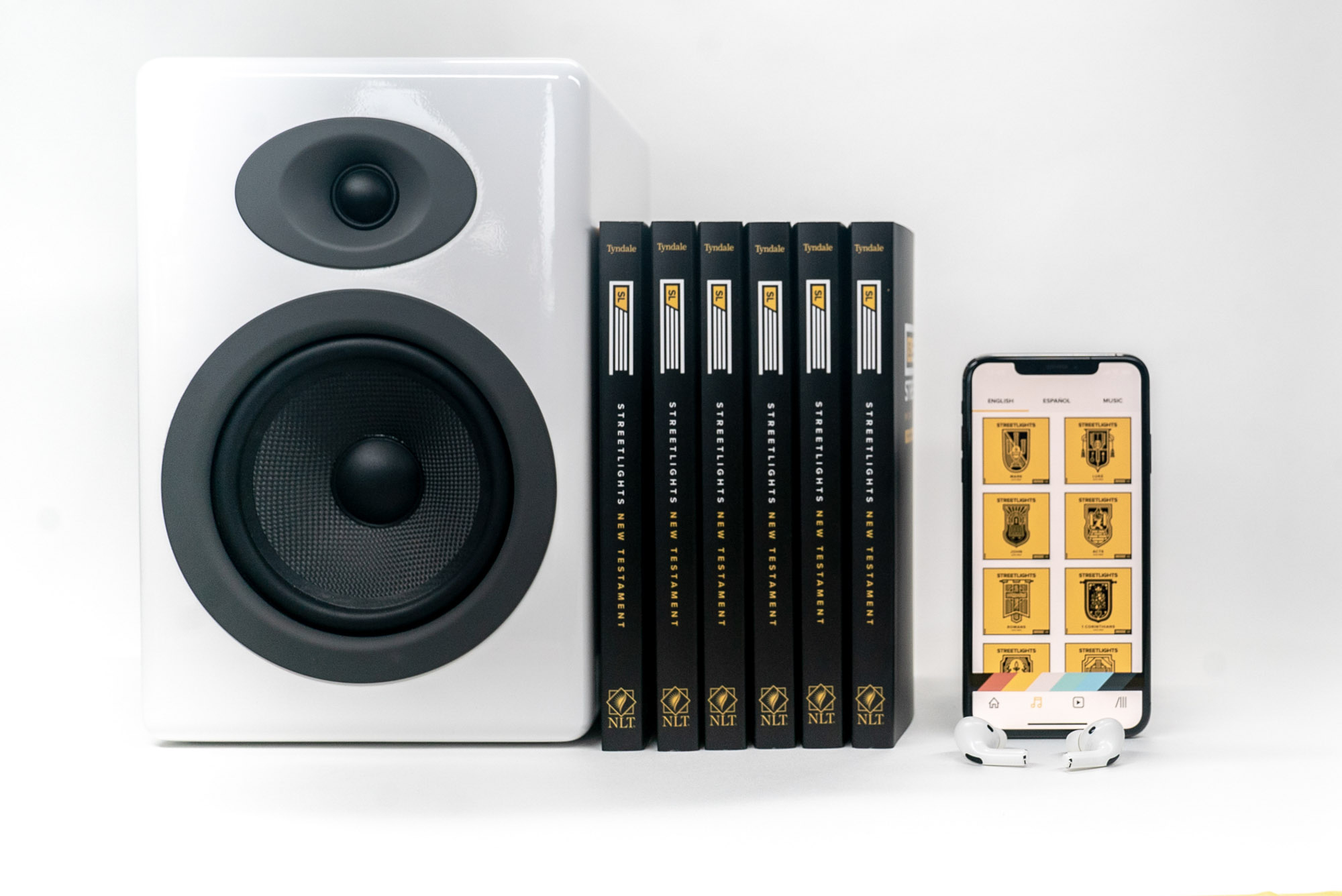

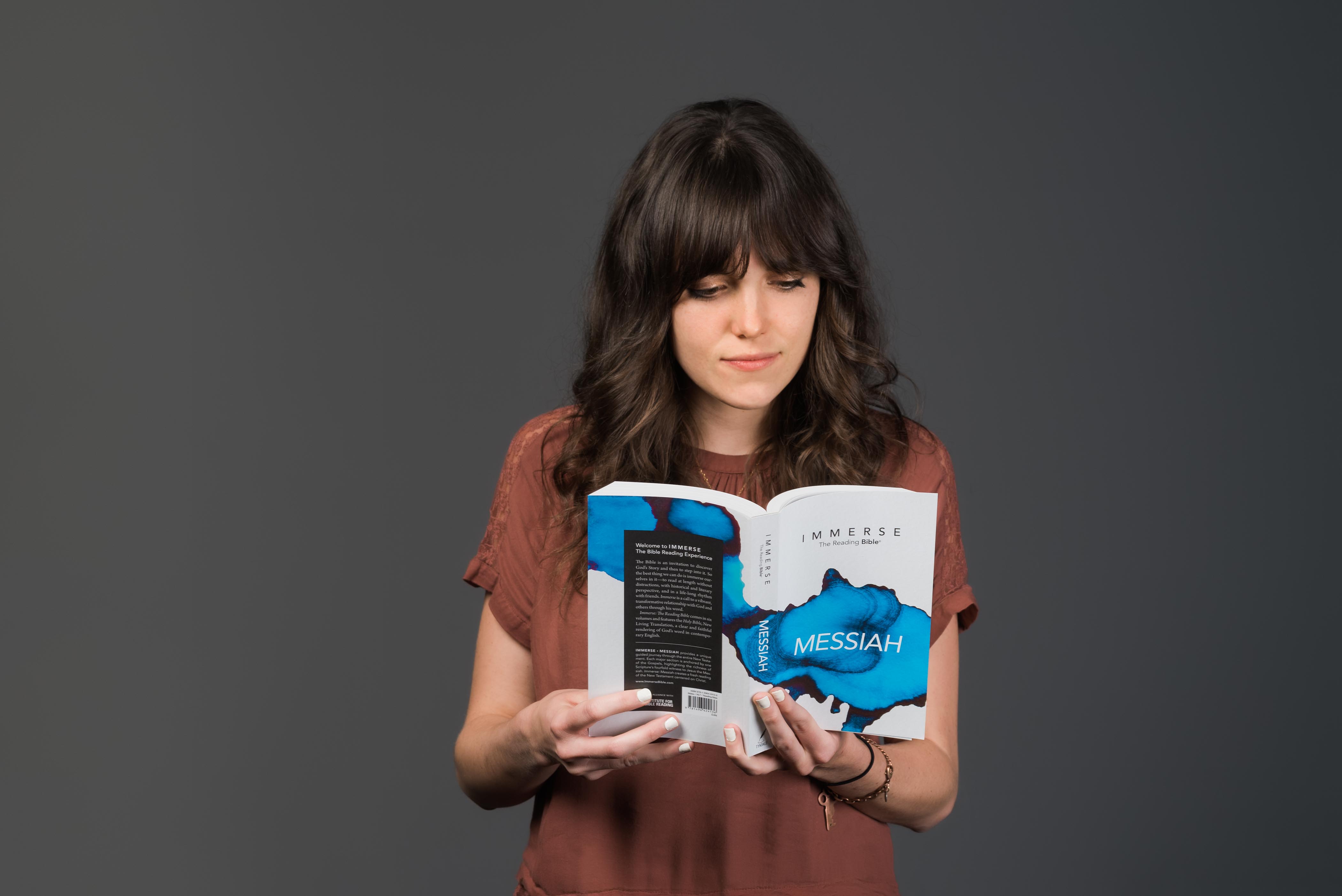
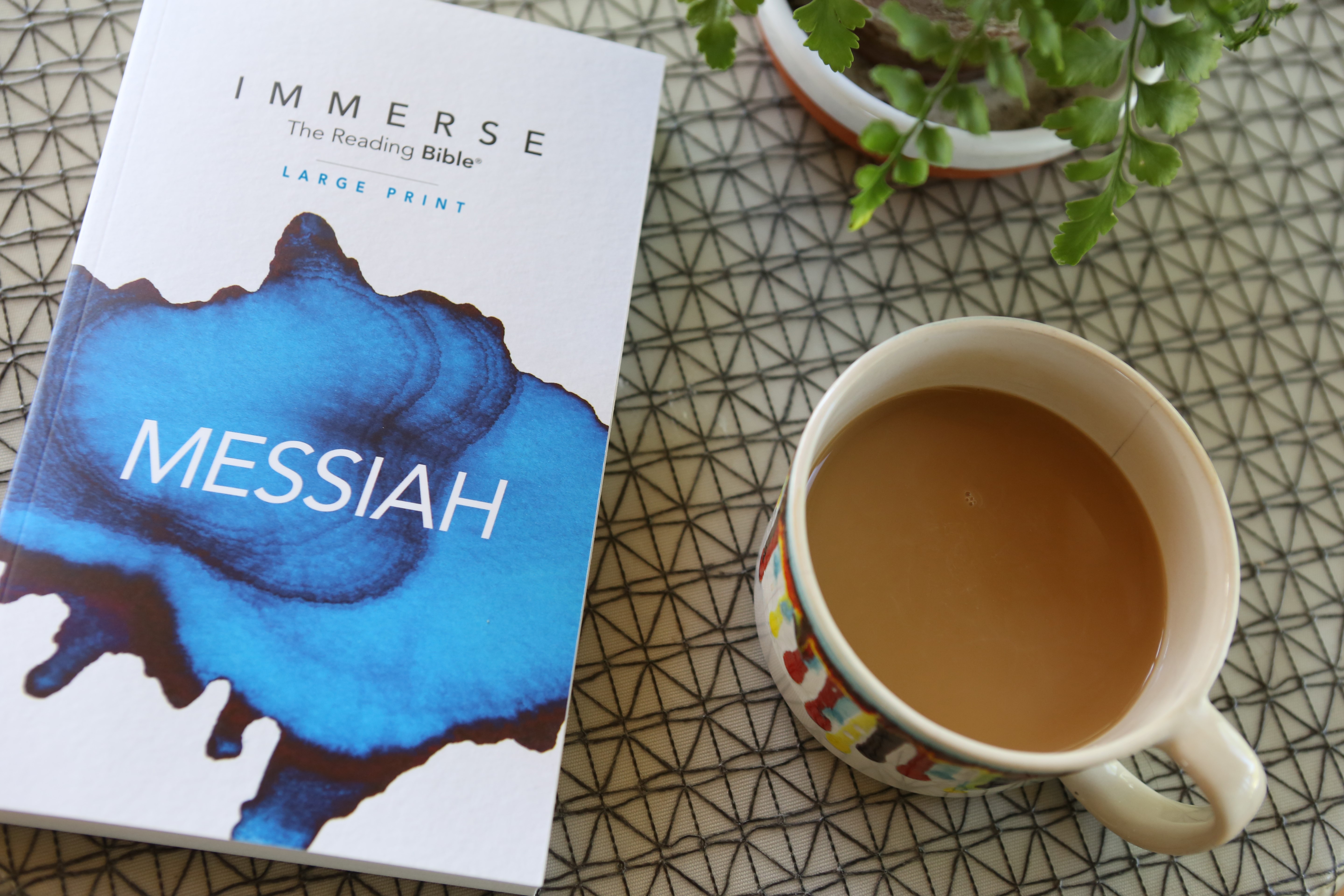
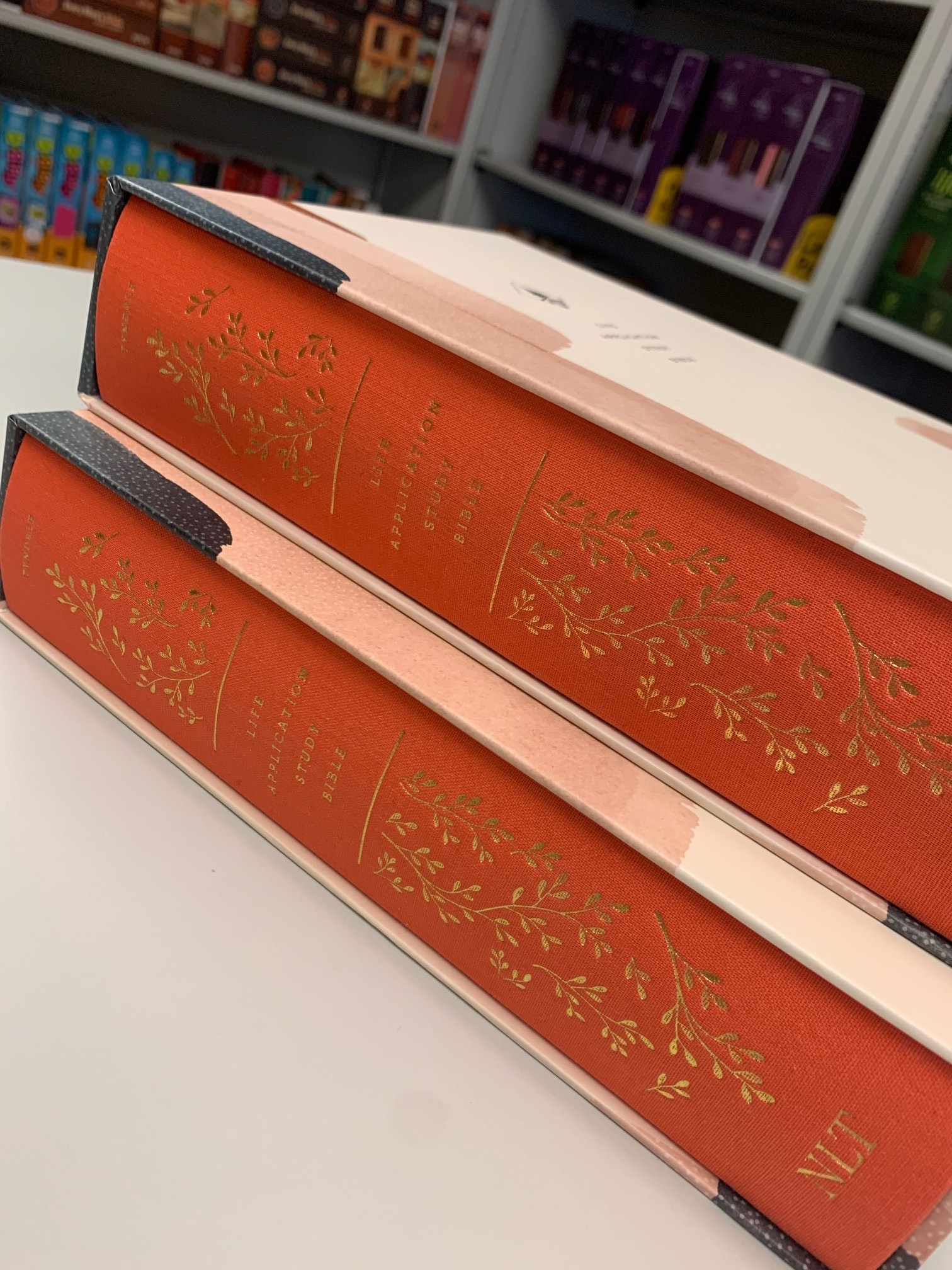
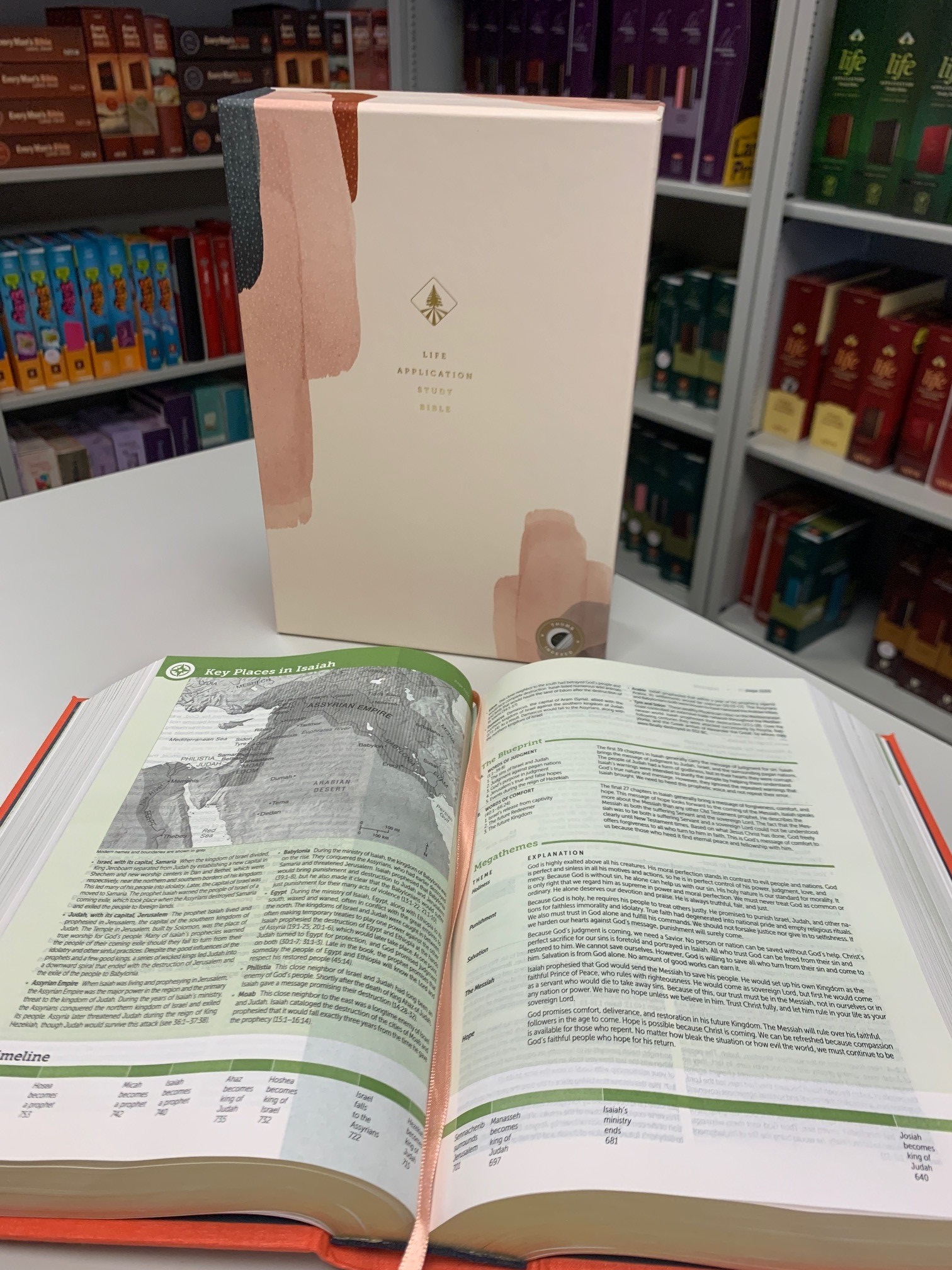
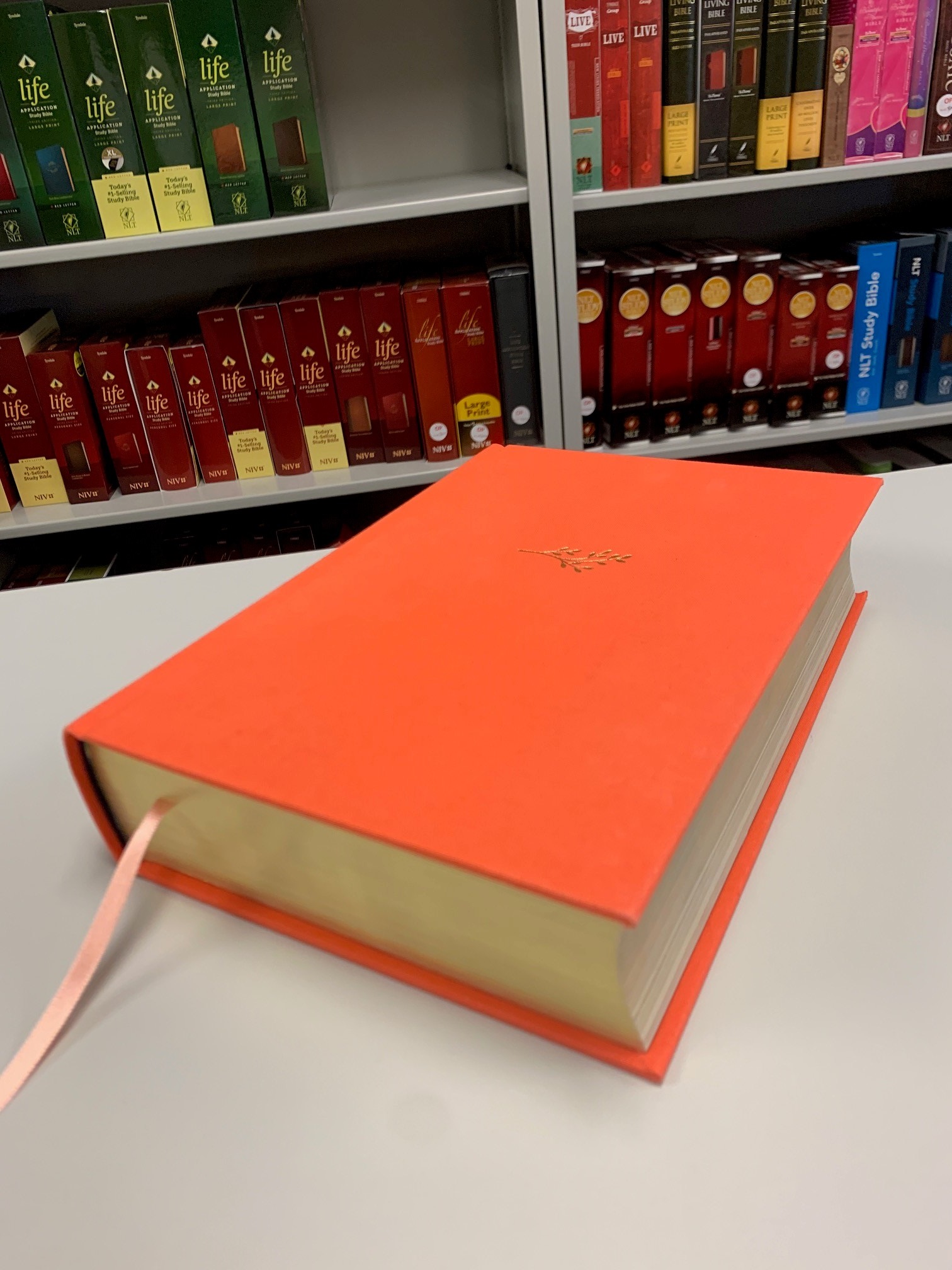
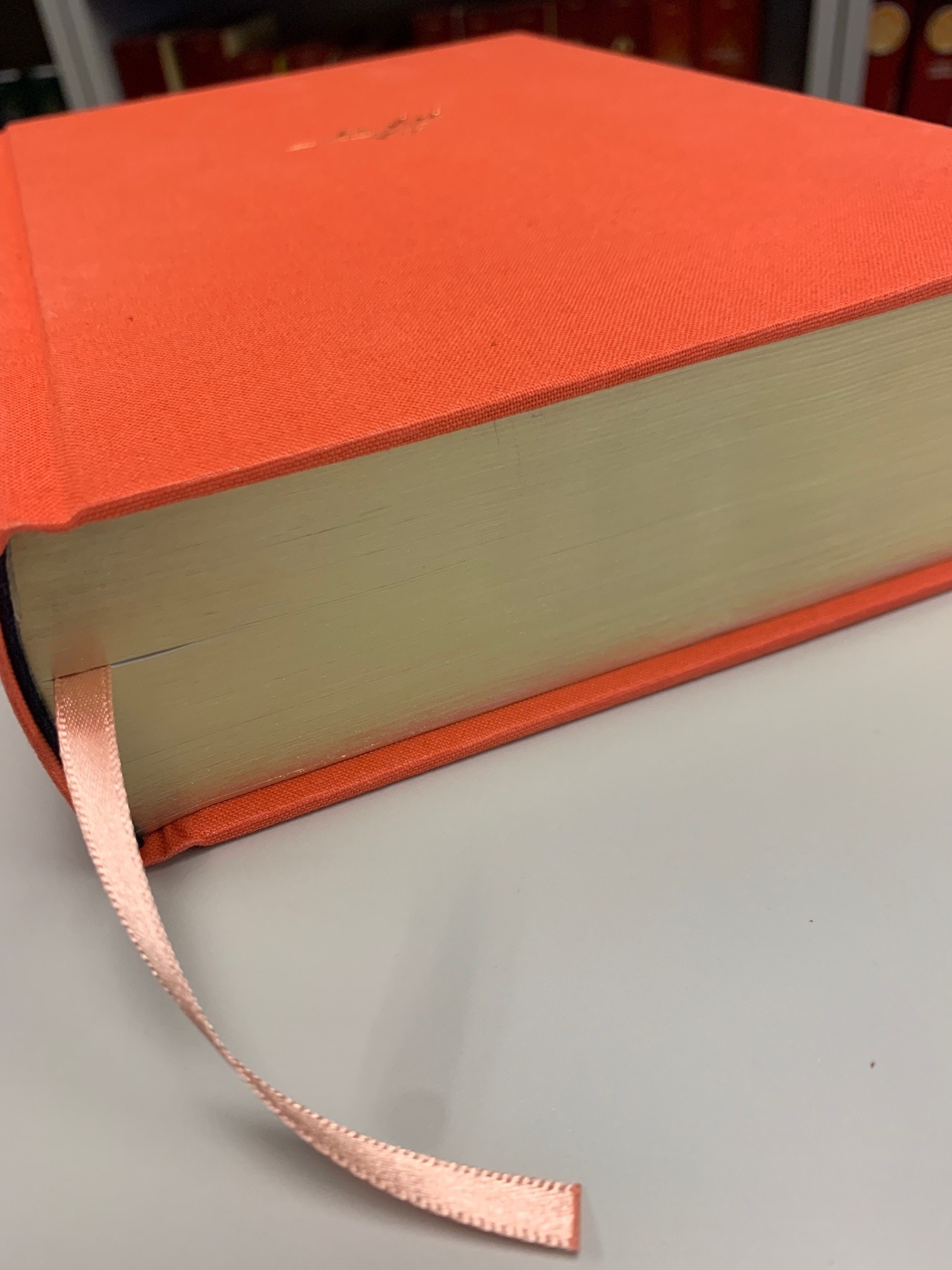
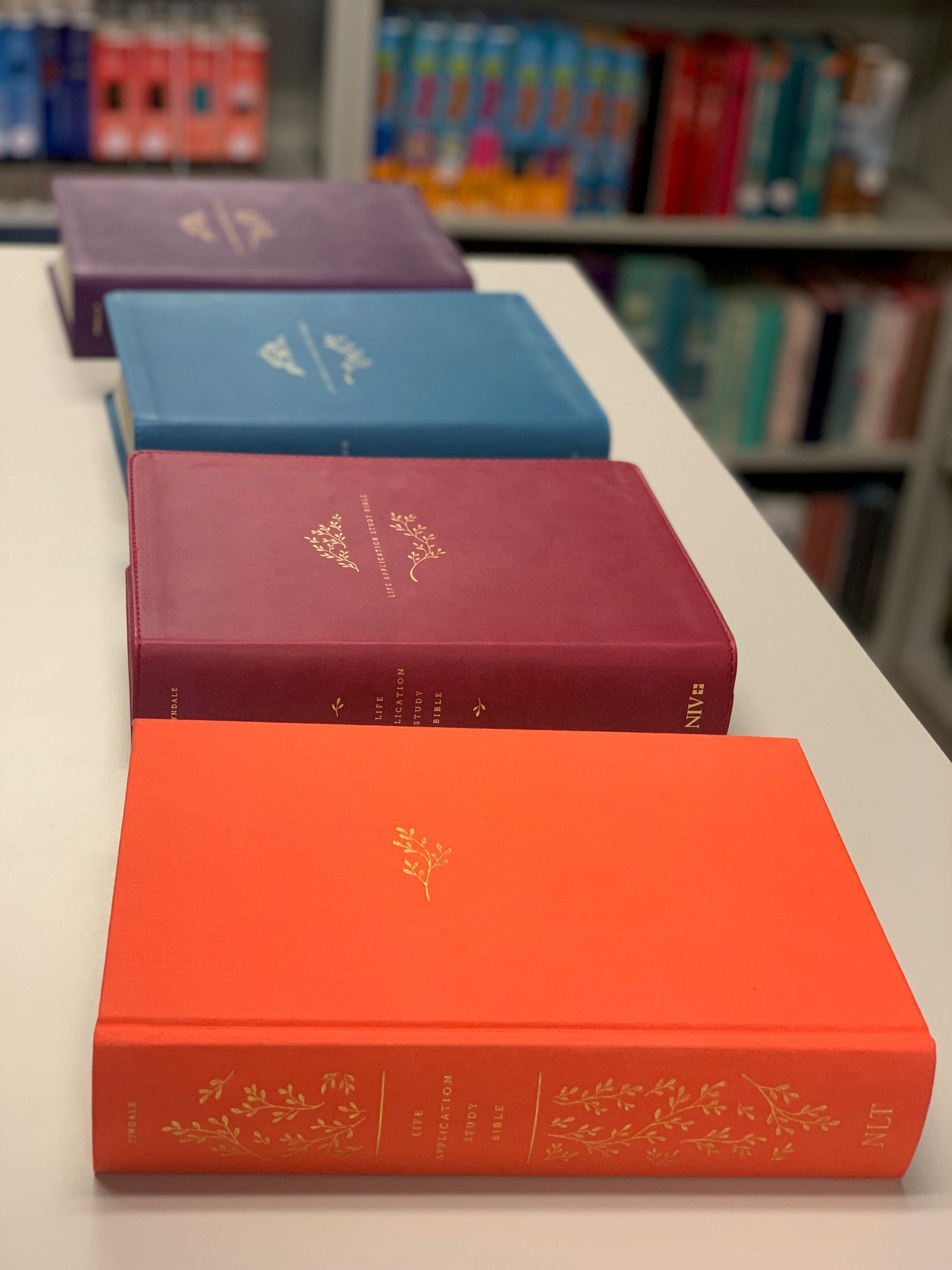
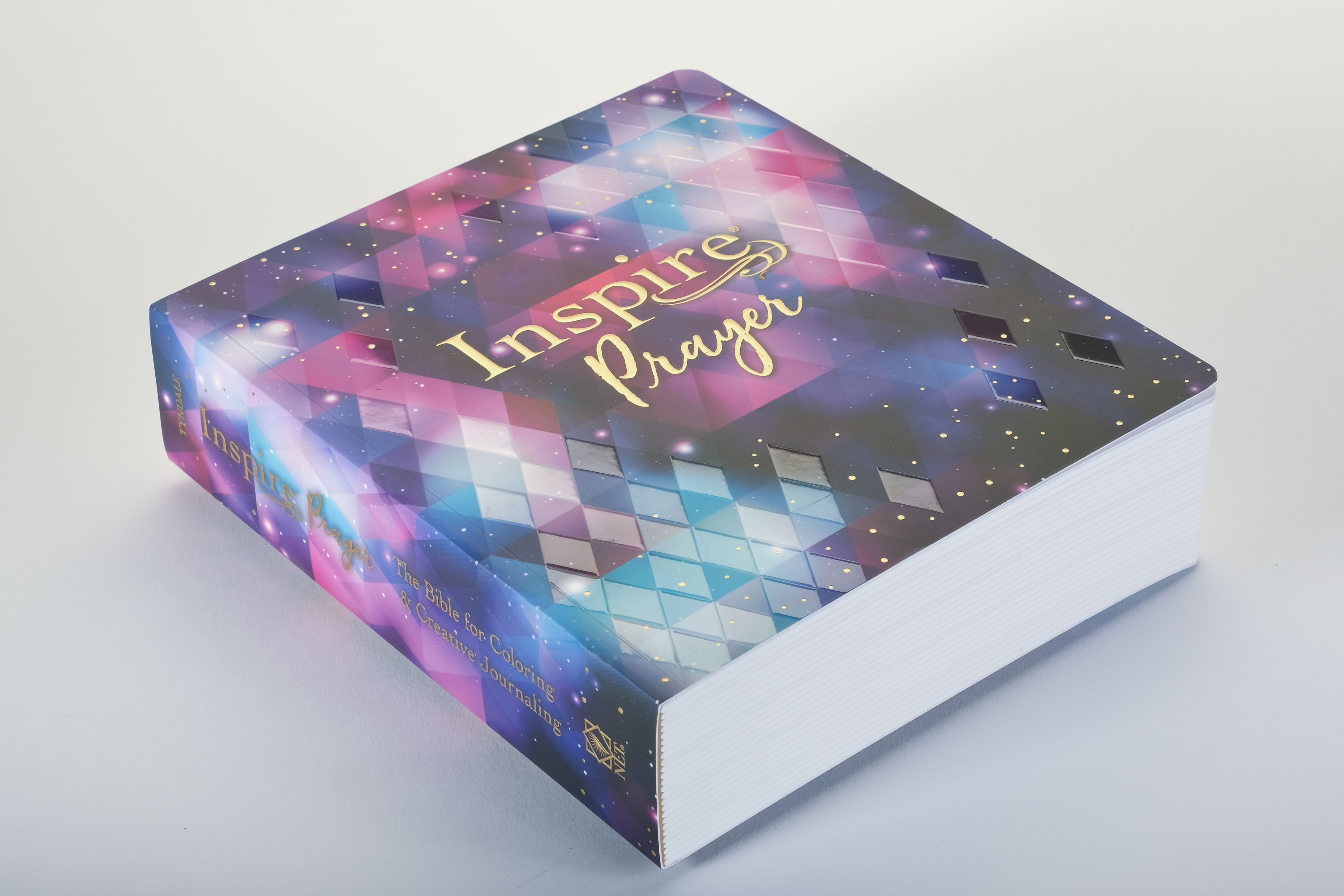
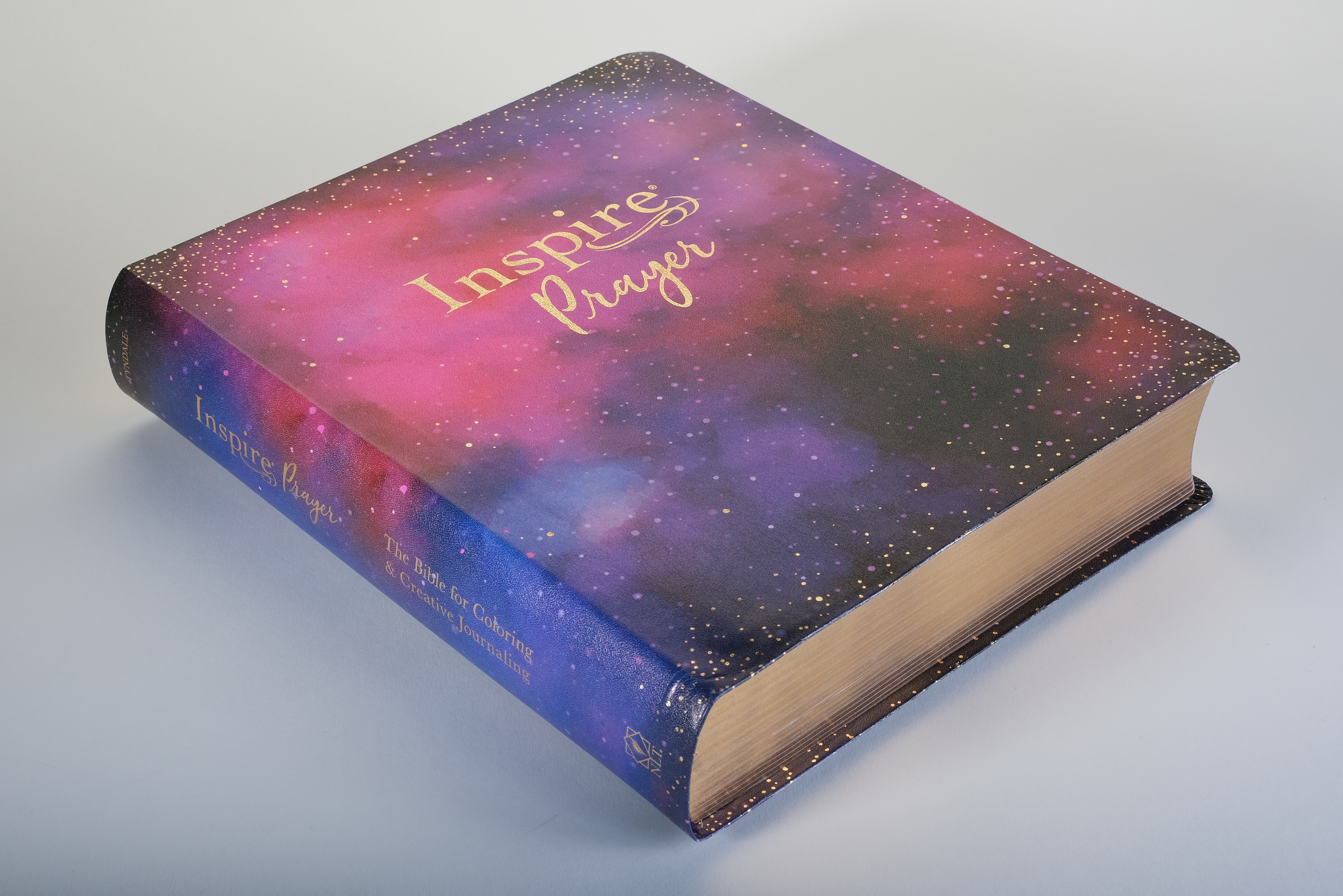
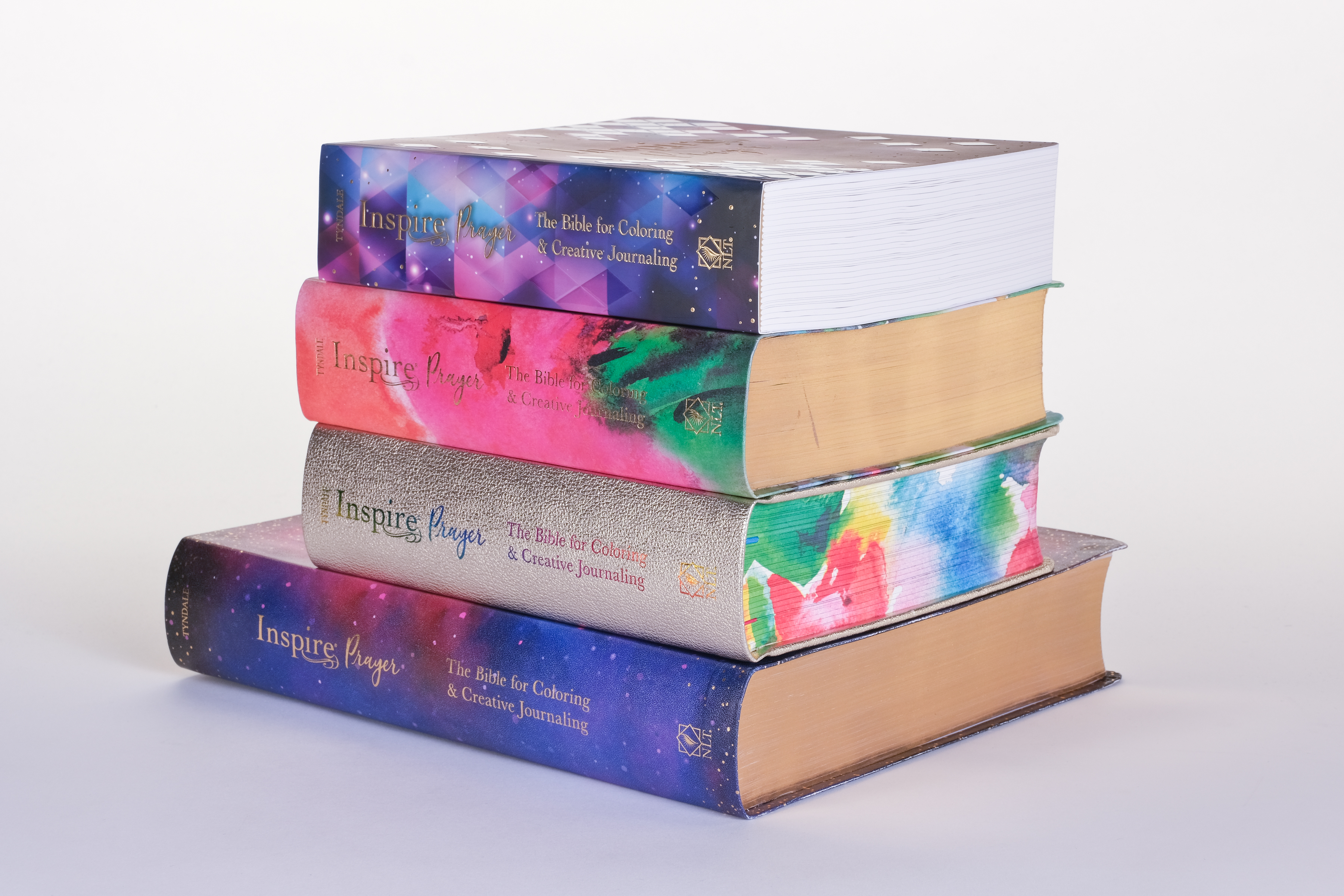
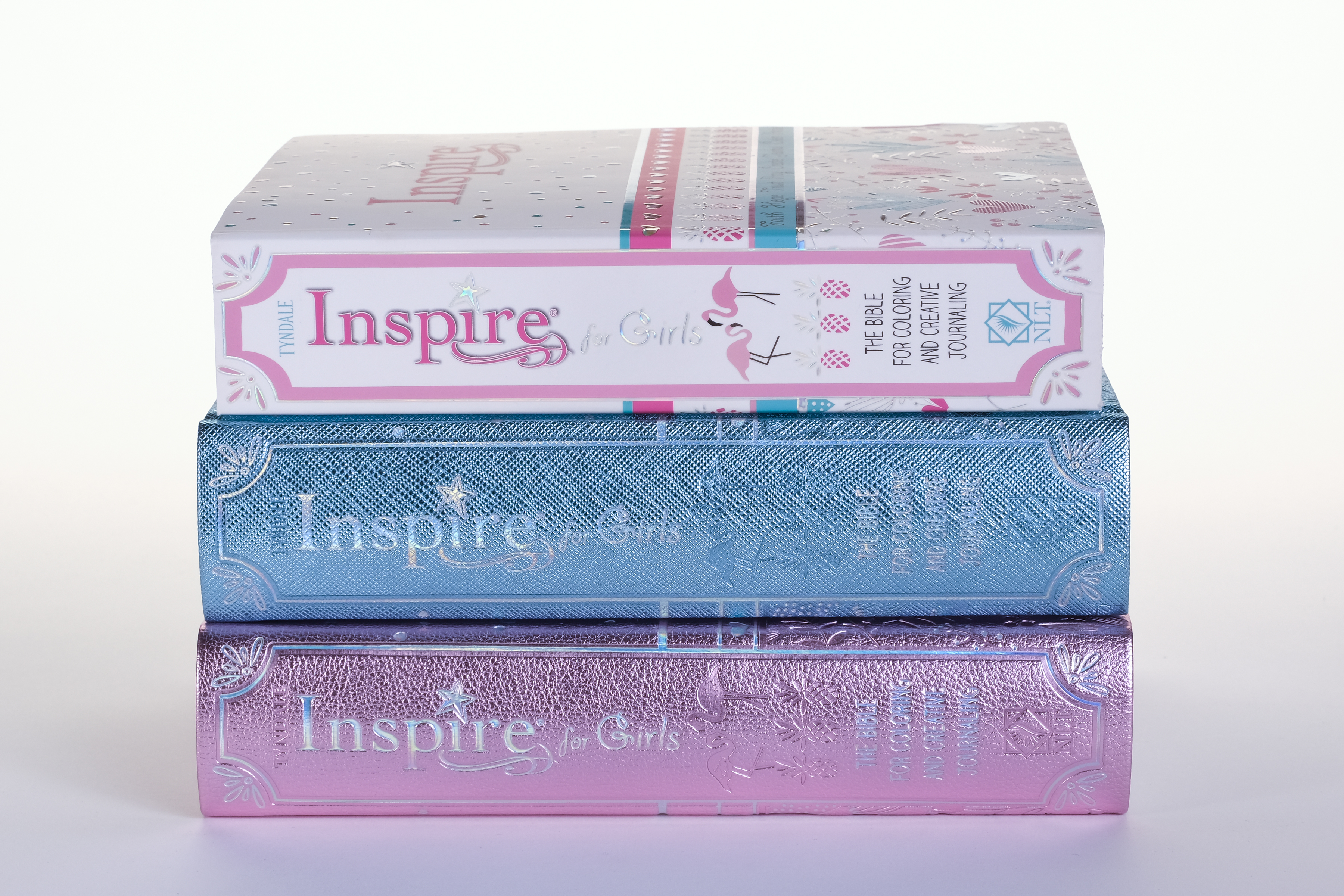
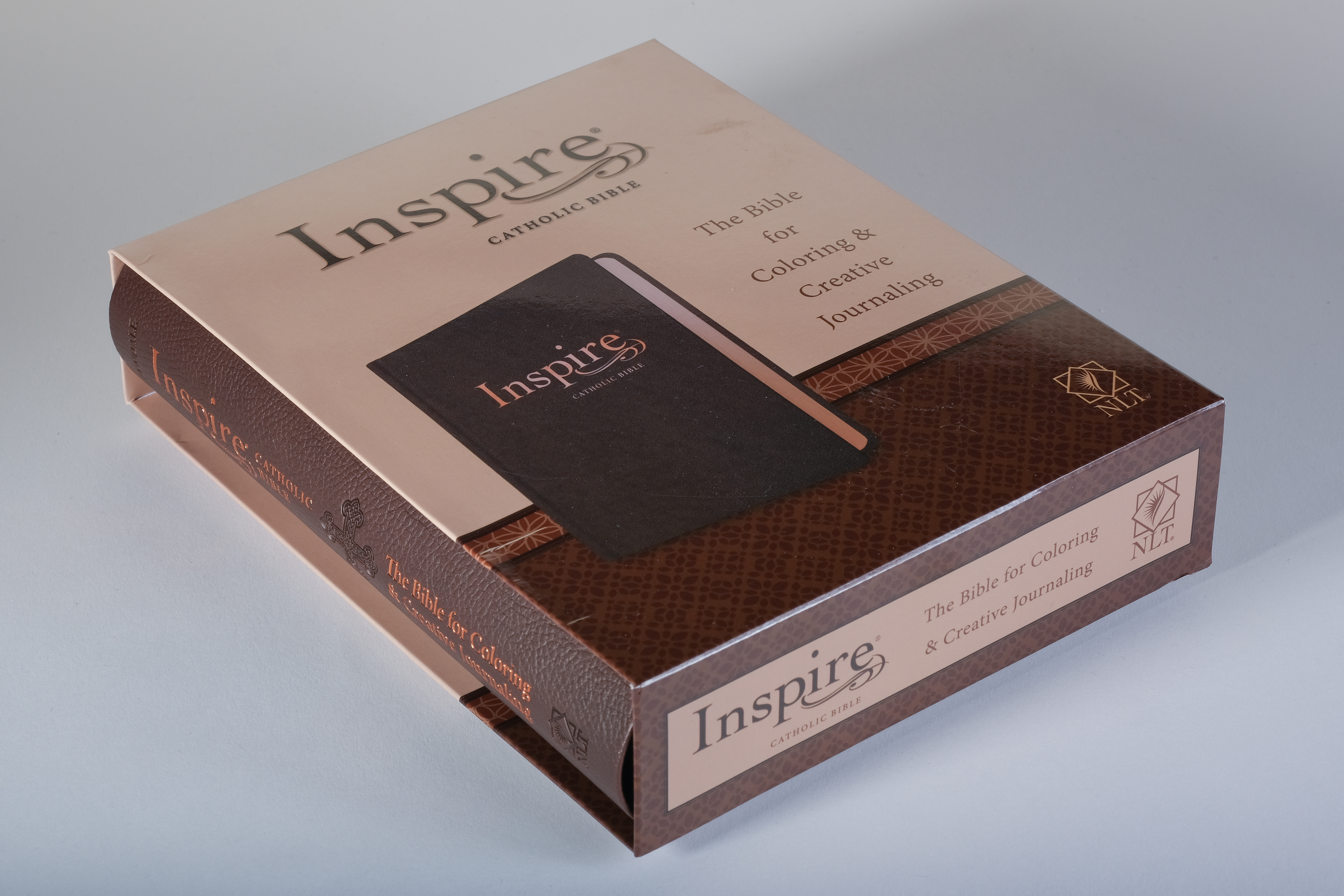
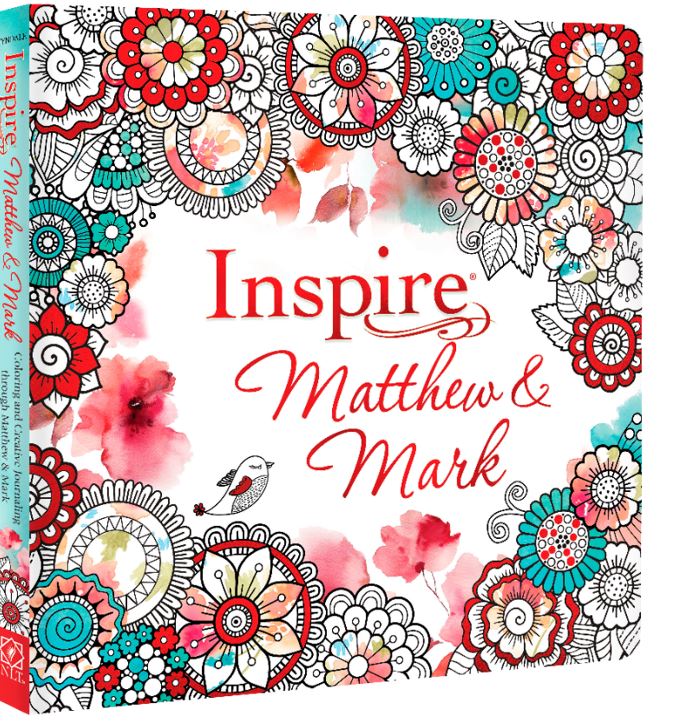
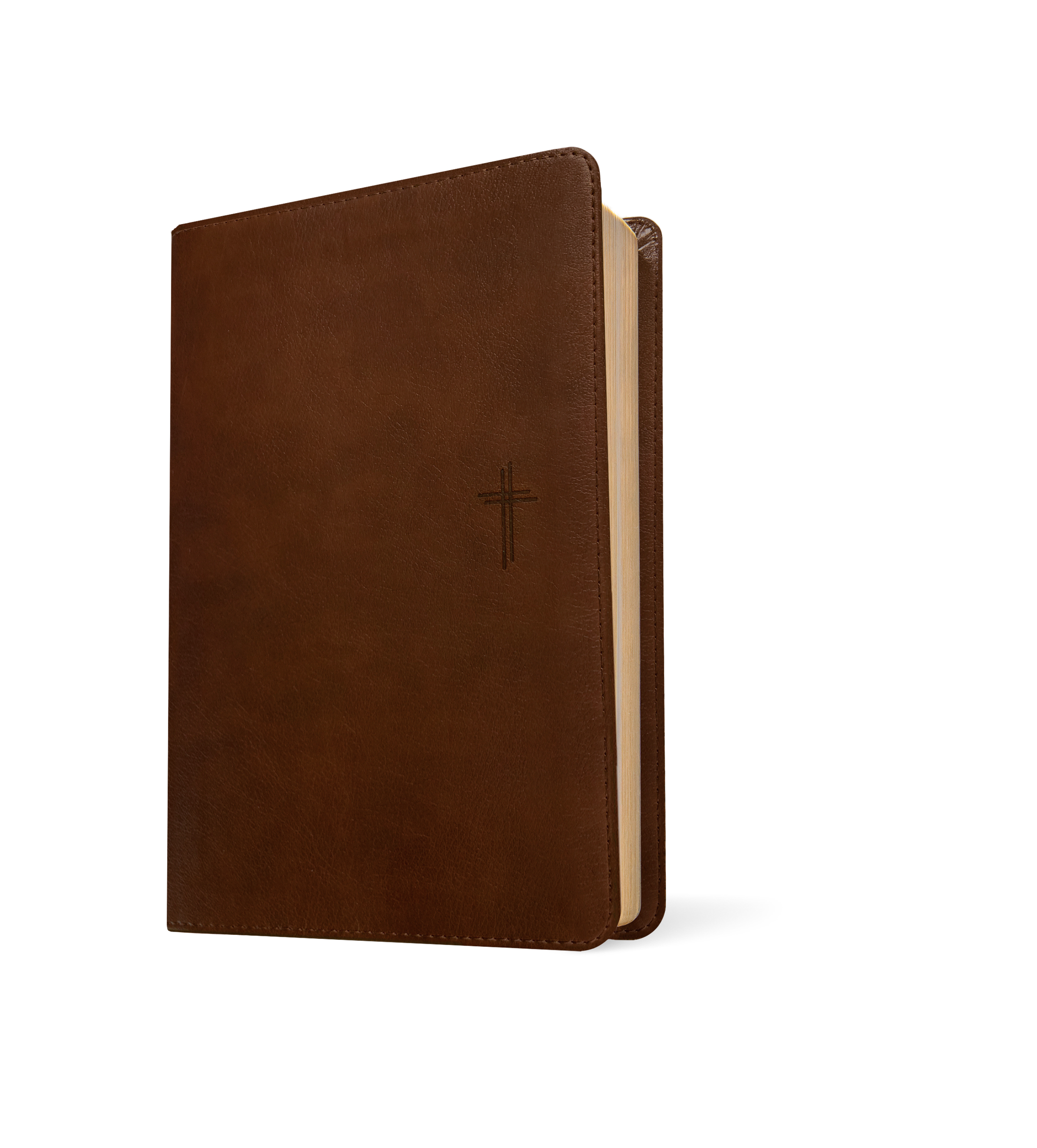

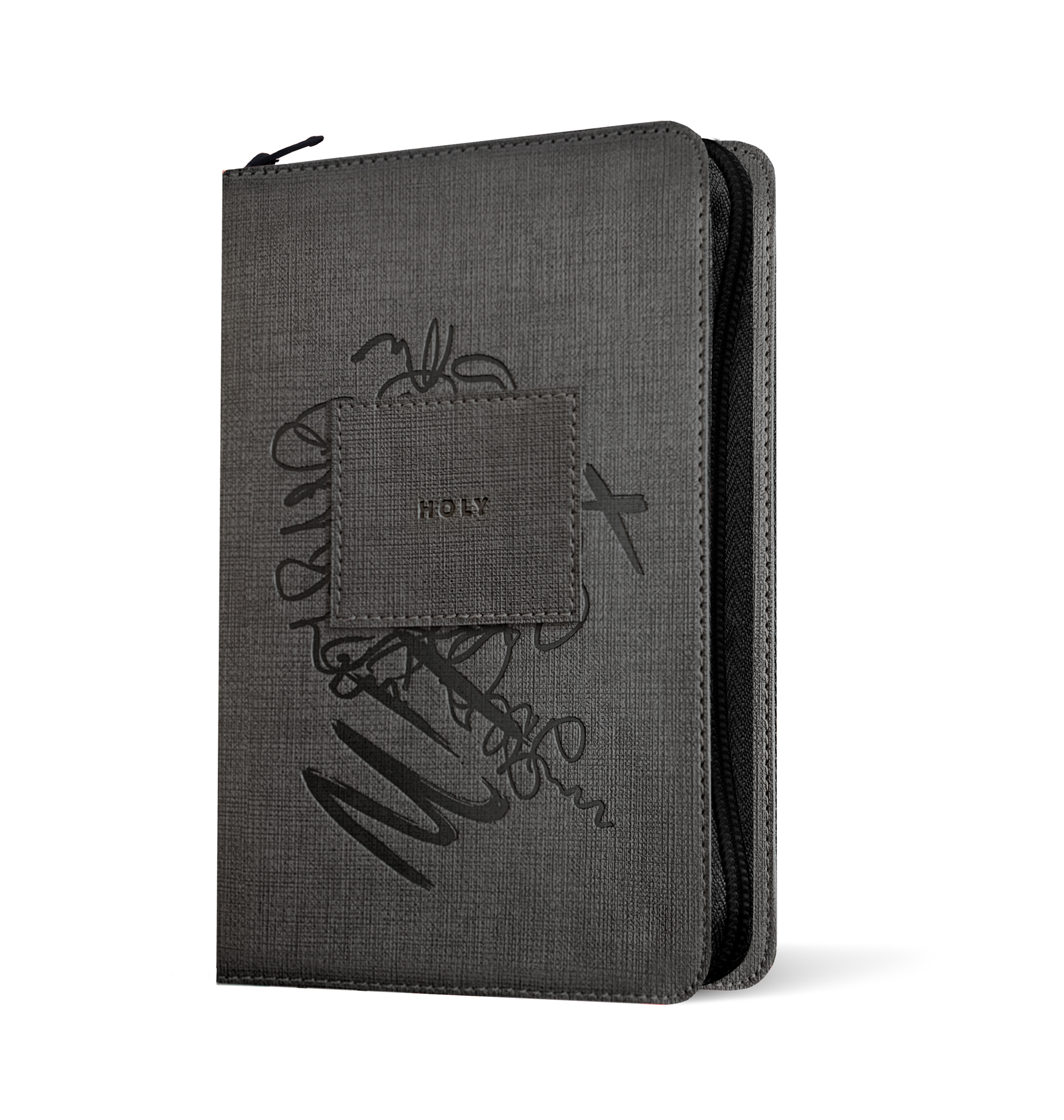
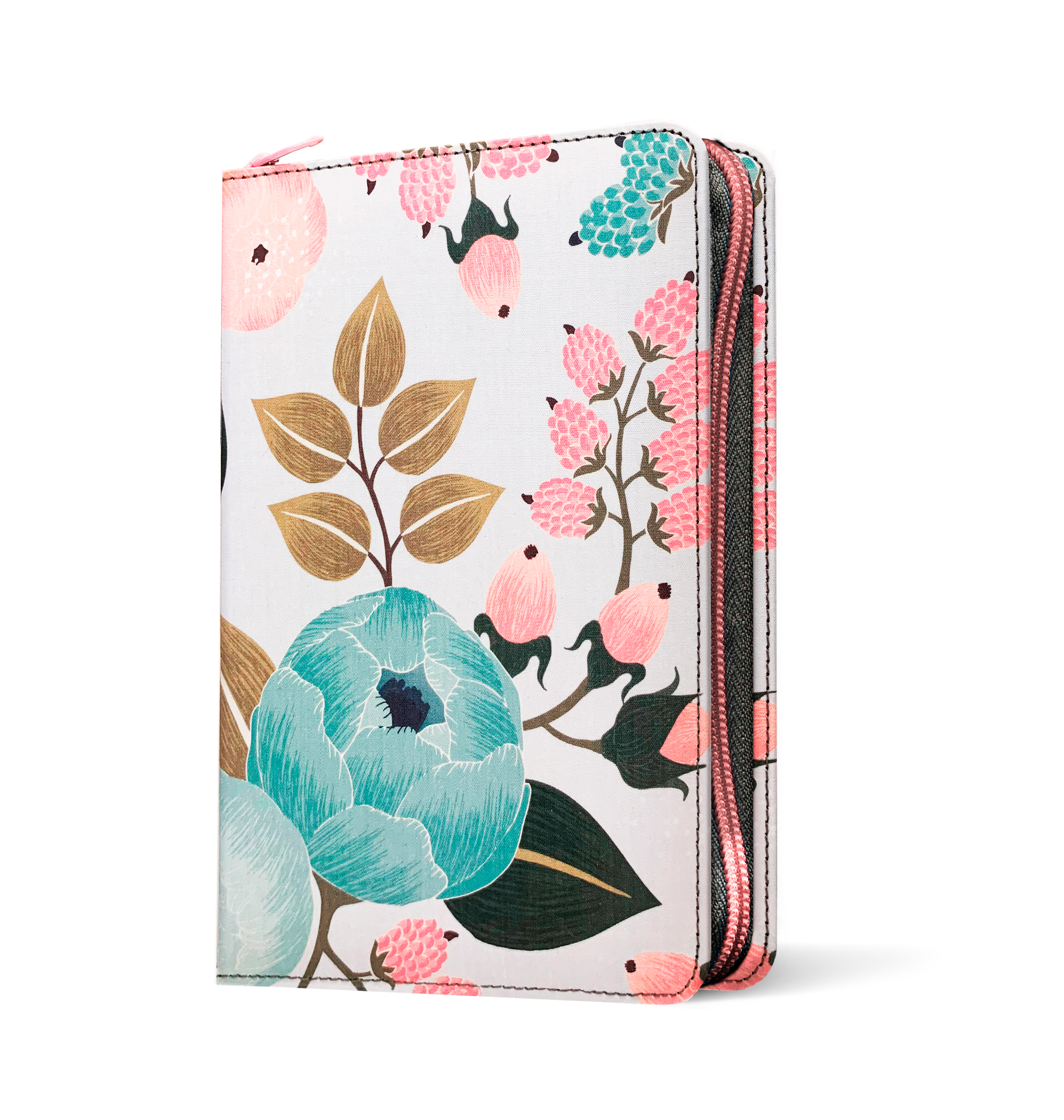



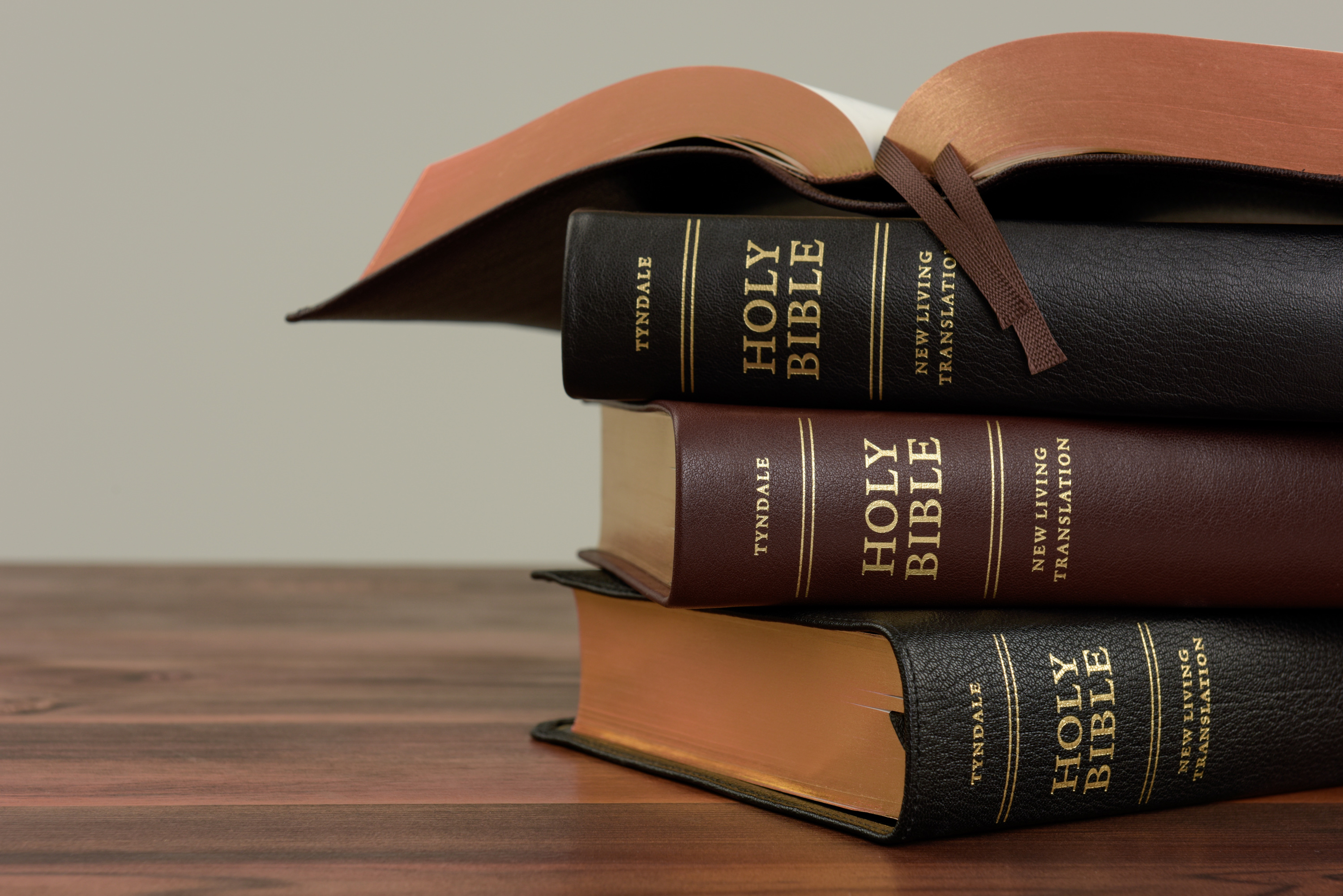




Recent Comments